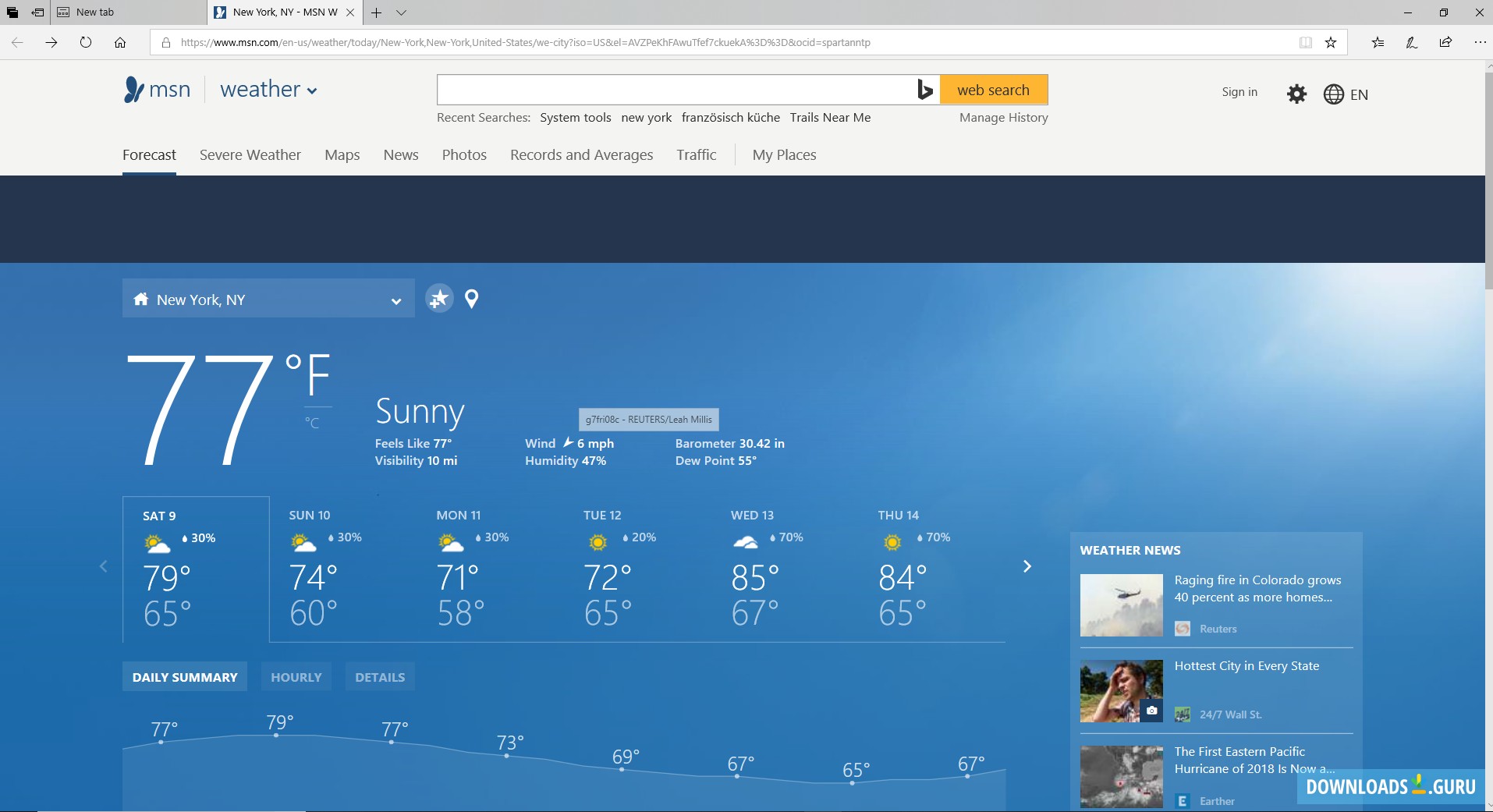
Commit and Push Your Changes. Then, you can commit and push your changes as you normally would in the Git Changes window. This keeps your modifications separate from the main branch until they’re ready to be merged. Before you can create a pull request, you’ll need to create a new branch for your changes. Thank you ever so much! as you have known, the cd command did not work as it was originally posted, but you saved the day with your fix! I am indebted to you, kind Zetein, for your very good advising.To make sure you can try out the feature, ensure it’s enabled in Tools > Options > Preview Features > Git Pull Request In case the commands don't work, try this:Ĭd %PROGRAMFILES(X86)%\Microsoft\Edge\Application\\InstallerĬd $\Microsoft\Edge\Application\\Installer\setup.exe -uninstall -system-level -verbose-logging -force-uninstall The commands provided in the post did not work for me, however by tinkering just a little, they ran just fine, so I'll share these changes. 
Select New, then “DWORD (32-bit) Value” and call it “DoNotUpdateToEdgeWithChromium.”

Name the key “EdgeUpdate” and then right-click it. Right-click the Microsoft folder, and select New, then Key. When the Registry Editor opens, navigate to the following key, or just copy and paste it into the Registry Editor address bar:ģ. Type "regedit" in the Windows search box and click “Run as administrator” next to Registry Editor.Ģ. You can stop this happening using a simple registry tweak.ġ. How to uninstall Microsoft Edge: Stop Edge reinstallingĮven after you’ve successfully uninstalled Microsoft Edge, there’s still a chance it could come back when you install future Windows updates. However, this won’t do anything when clicked. The browser's shortcut icon will disappear from your taskbar, though you may still see an Edge entry in the Start menu. Press Enter and Edge will instantly be uninstalled from Windows 10, without you needing to restart your PC.






 0 kommentar(er)
0 kommentar(er)
